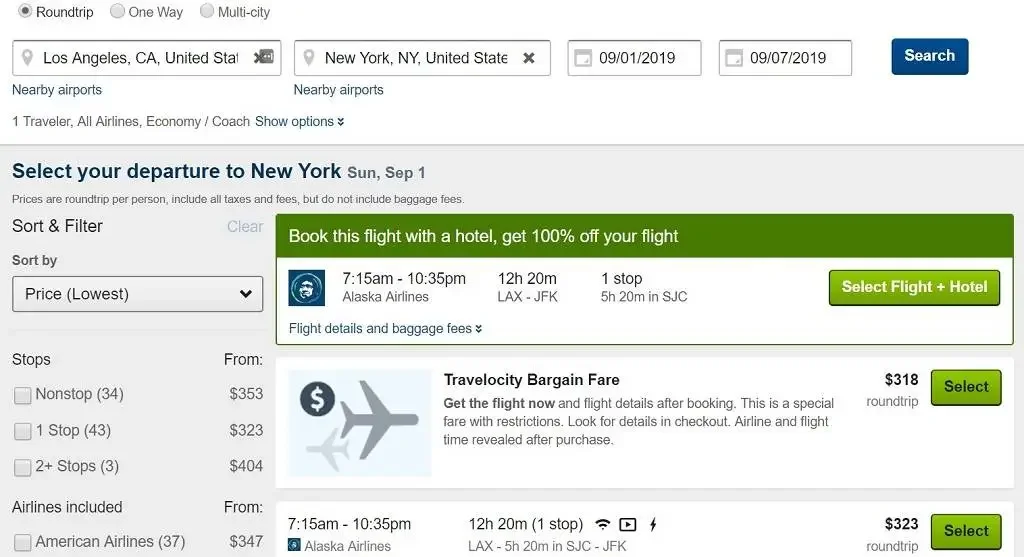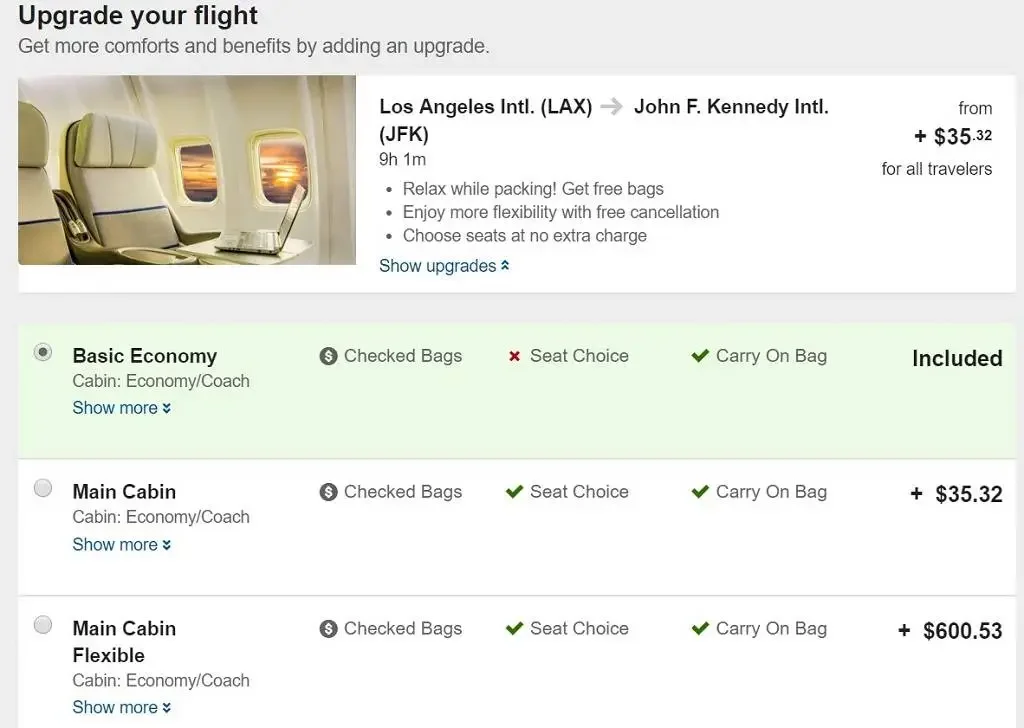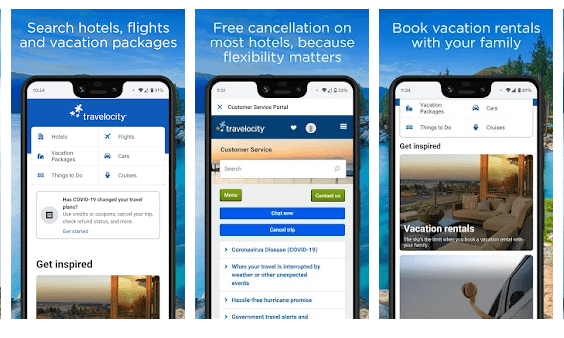
Travelocity’s Mobile and UX Evolution
How a legacy travel brand embraced mobile, streamlined internal processes, and set the stage for platform partnerships.
As the UX Director at travelocity, I helped drive revenue and conversion gains by launching high-impact features, reintroducing product discovery, and leading teams through a pivotal transformation during the Expedia acquisition. This era marked a shift in Travelocity’s business model, powered by cutting-edge mobile apps, personalized experiences, and service enhancements that aligned with evolving traveler behavior.
-
Shaped mobile and desktop experiences that delivered major updates and features, contributing to millions in incremental revenue and sustained improvements in conversion.
Enterprise Scale
-
Launched and A/B tested new concepts that drove measurable improvements in conversion, helping optimize the booking funnel and increase transaction volumes.
Test & Learn
-
Reinstated product discovery best practices (prototyping, validation, user testing) into the development lifecycle, which accelerated time-to-market and improved product-market fit across key initiatives.
Product Discovery Advocate
-
Provided stability and leadership during the Expedia acquisition, ensuring design and product teams remained focused and engaged through the transition.
Leadership in Time of Change
Empowering Travelers Through Mobile Innovation
From 2011 to 2014, Travelocity rapidly expanded its mobile offerings, launching Android and iOS apps with full-service booking and itinerary features. Exclusive mobile deals and last-minute rates incentivized on-the-go bookings, helping the brand stay competitive in a mobile-first era.
Building UX Maturity Amid an Organizational Shift
As Director of UX, I guided the evolution of internal processes to support a product-driven model — aligning cross-functional teams, improving research cadence, and elevating design quality across mobile and web. This shift laid the foundation for faster iteration and stronger traveler-centric features.
Laying Strategic Groundwork for the Expedia Partnership
By modernizing the experience layer and embracing mobile-first design, Travelocity set the stage for a pivotal partnership with Expedia. This move allowed Travelocity to double down on brand and marketing strengths while leveraging Expedia’s powerful booking engine to serve travelers more effectively.




